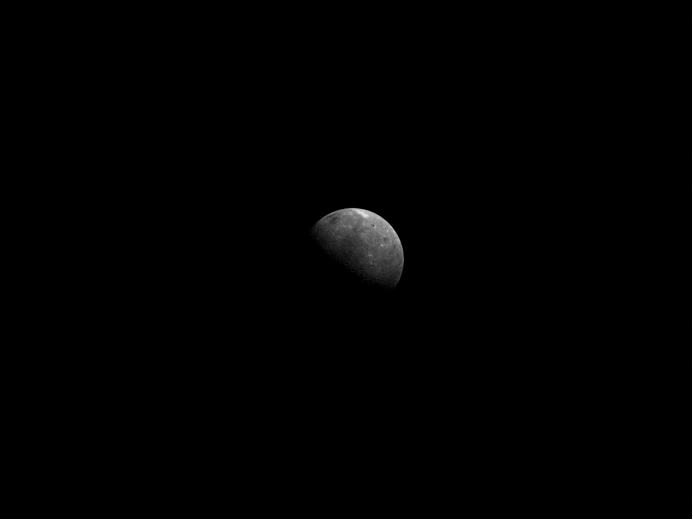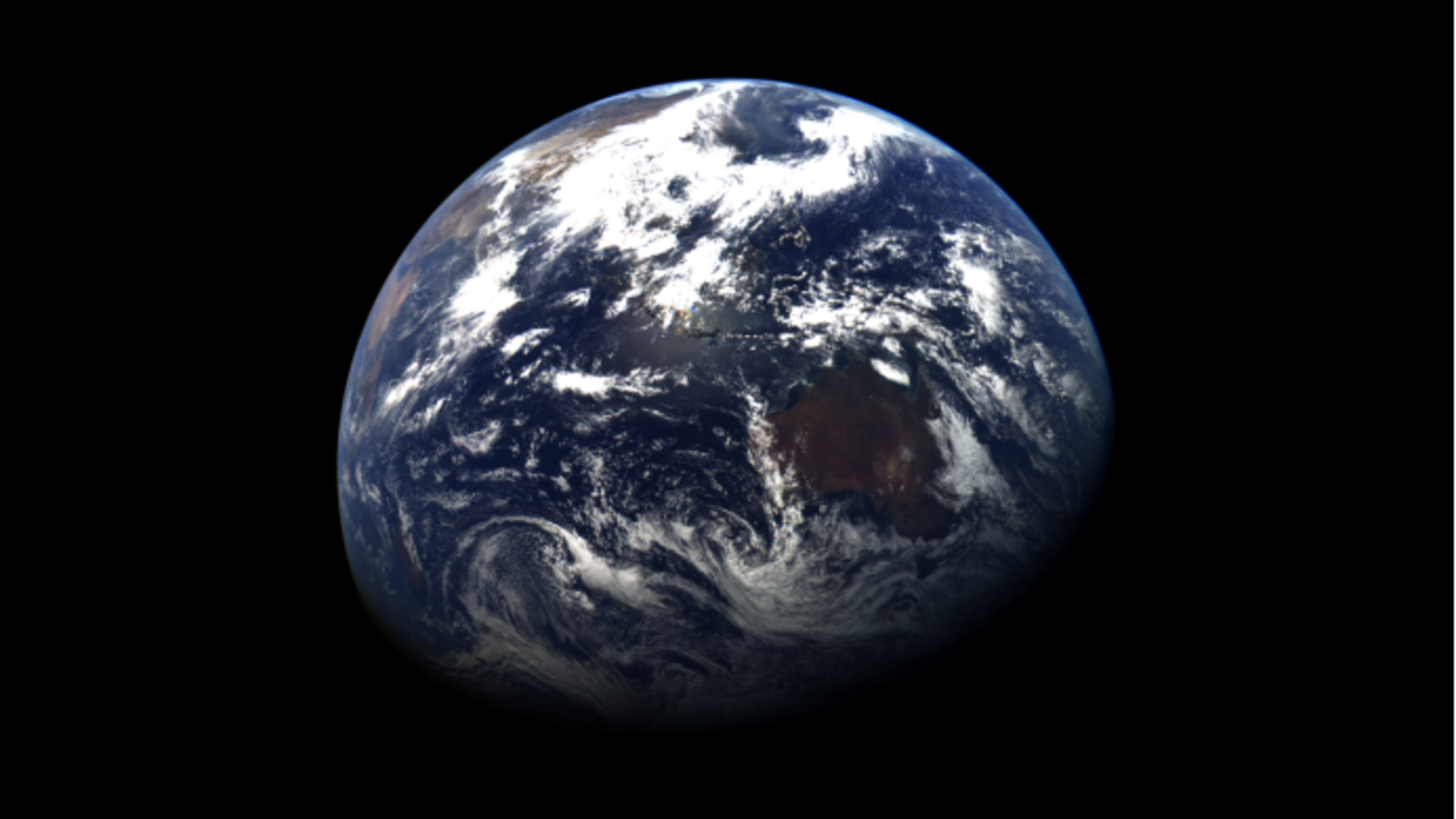China’s Tianwen 2 probe has captured striking pictures of home as it heads out to a near-Earth asteroid to collect samples.
Tianwen 2 launched from Xichang on a Long March 3B rocket on May 28 and is en route to the enigmatic asteroid Kamo’oalewa. But shortly after departure, the spacecraft took the opportunity to test out its cameras.
The China National Space Administration (CNSA) released a statement on July 1 including images of Earth and the moon. The image of Earth was captured by Tianwen 2’s narrow field of view navigation sensor while 590,000 kilometers (367,000 miles) away from the planet on May 30. A couple of hours later, the same instrument took a shot of the moon from a similar distance.
At the time of that update, Tianwen 2 had been in Earth orbit for 33 days, CNSA officials said. The probe was more than 12 million km (7.46 million miles) away from Earth and was in good working condition. Previously, Tianwen 2 returned an image of one of its two circular solar arrays using an engineering camera, providing our first glimpse of the actual spacecraft.
Tianwen 2 is China’s first asteroid mission. It aims to collect samples from Kamo’oalewa, one Earth’s seven known “quasi moons,” and is expected to arrive at the rocky body around July 2026. It will then study the small asteroid to determine possible landing sites before collecting samples and heading for home, delivering its precious payload in a reentry capsule in late 2027. Analysis of the samples could shed light on the early days of our solar system.

“[This asteroid] is very likely to hold the original information of the solar system at its birth, which is of great scientific research value for our understanding of the material composition of the early solar system, including its formation process and evolutionary history,” Han Siyuan, deputy director of the Lunar Exploration and Space Engineering Center (LESEC) under CNSA, told Chinese state-run broadcaster CCTV.
Tianwen 2’s mission won’t end there. The spacecraft will use its return to Earth to make a gravity slingshot maneuver to send it onto the next step of its journey: a rendezvous with the main belt comet 311P/PANSTARRS, which will occur around 2035.
The mission is the second in China’s “Tianwen” planetary exploration series. Tianwen 1, launched in 2020, sent an orbiter and a rover to Mars. That spacecraft jettisoned a small camera on its way to the Red Planet to deliver an epic deep-space selfie, raising the notion that Tianwen 2 could perform a similar act at some point during its own voyage.
